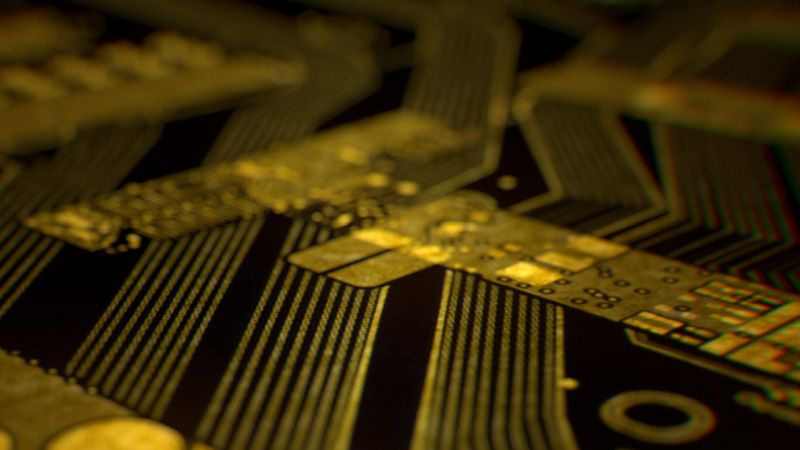Nvidia teams up with TSMC to develop silicon photonics


Nvidia founder and longtime CEO Jensen Huang, who went on a tour of China and Taiwan last week, spent time usefully in his historical homeland, meeting with Taiwanese partners. A cooperation agreement was concluded with TSMC in the field of silicon photonics.


Image source: NVIDIA
As Focus Taiwan explains, citing explanations from representatives of both companies, such an agreement in itself does not mean that the results of cooperation will be visible in the near future. Most likely, it will take years to create serial solutions in this area. Silicon photonics can significantly increase data transfer rates in computing systems due to the transition to photons as information carriers and optical fiber as a transmission channel.
An industry association, the Silicon Photonics Industry Alliance, has already been created in Taiwan, which unites more than 30 local companies, so Nvidia did not come out of nowhere with its initiative. For a leader in the high-performance computing segment, reducing power consumption while increasing information transfer rates is of particular importance, which is why Nvidia became interested in silicon photonics, since it allows information to be transmitted over long distances with low power consumption.
Taking the opportunity, the head of Nvidia expressed gratitude to all TSMC employees for the support they provide to his company in the form of active production of components and their packaging using advanced technologies. Nvidia has also entered into an agreement with Taiwanese company SPIL, a division of ASE Technology, for contract packaging of chips using the CoWoS method at a new facility in the central part of the island. This contractor will begin core activities in the second quarter of this year, allowing Nvidia to reduce its dependence on TSMC in this area. Nvidia partners have approximately 45 facilities in Taiwan.
According to Huang, the artificial intelligence boom is still in its early stages, so market participants have the opportunity to generate several trillion dollars in revenue. The high pace of development of the segment is also supported by TSMC, which literally “works around the clock” to fulfill Nvidia’s orders.
The American customer has been cooperating directly with SPIL for ten years now, but the volume of orders has grown tenfold during this time, and only last year they doubled, since Nvidia needed chip packaging services using the CoWoS method. The preponderance in favor of the more advanced CoWoS-L method, according to the founder of Nvidia, does not at all indicate a decrease in the volume of orders for the corresponding services. On the contrary, the company’s need for them will only increase this year. Paying tribute to the importance of Taiwan for Nvidia’s business, the company’s founder noted that he still has not chosen a location on the island where the regional headquarters will be built.
Recent Posts
A demo of Dispatch, a comedy game about a superhero agency from the former developers of Tales from the Borderlands and The Wolf Among Us, has been released on Steam
Developers from the American AdHoc Studio, founded by former Telltale Games, Ubisoft and Night School…
Digma DP-FHD800A LCD Full HD Projector Review: A Modern Approach
When you think about a home theater, you immediately imagine bulky projectors with a bunch…
Lian Li Introduces HydroShift II LCD-C Liquid Cooling System with 360mm Radiator and Three Configurations
Lian Li has introduced a series of maintenance-free liquid cooling systems HydroShift II LCD-C. It…
Apple: App Store App Developers to Earn $406 Billion in 2024
Amid mounting pressure from U.S. regulators, Apple has released the results of an independent study…
ASRock Admits Its Motherboards Break Ryzen 9000 Processors
Following a report from YouTube channel Tech Yes City that ASRock linked Ryzen 9000 processor…
Apple to Change OS Numbering: iOS 26 to Come This Year Instead of iOS 19
Apple is preparing a large-scale rebranding of its line of operating systems. This was reported…